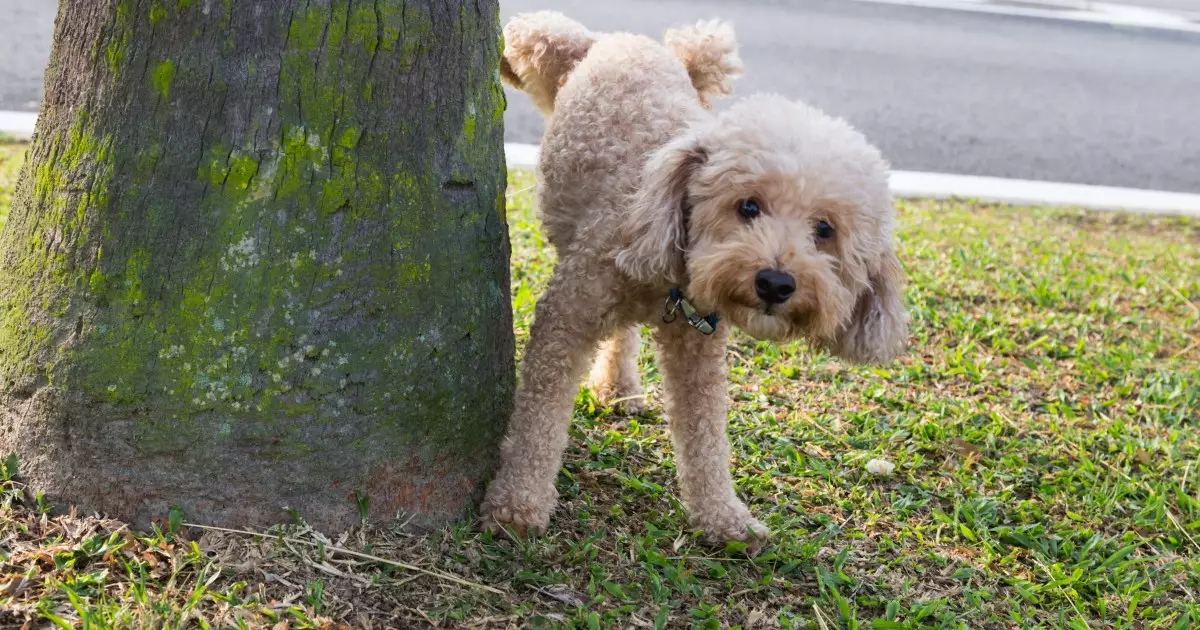Bringing home an adult rescue dog is a profoundly rewarding experience that can sometimes come with its own set of challenges. One of the most common hurdles that new pet owners face is housetraining. Many adult dogs, whether they come from neglectful backgrounds or just need a refresher after being in a shelter, might be lacking in housetraining skills. The misconception that adult dogs are inherently harder to train than puppies can deter potential owners, but this notion couldn’t be further from the truth. In fact, adult dogs often adapt more quickly to new routines, making them surprisingly easy to housetrain with the right approach.
Understanding the behavioral aspects of an adult dog is crucial. Dogs are creatures of habit and thrive on routines. Whether your dog has been previously housetrained or is entirely new to the process, consistency is key. Adult dogs are more than capable of learning new habits when you start retraining them from the moment they step into their new home.
Creating a Potty Training Schedule
To ensure success in housetraining your adult dog, a structured routine is essential. Establish a consistent schedule for bathroom breaks that aligns with your dog’s natural instincts. During the initial week of settling in, make it a priority to take your dog out several times throughout the day. Early mornings, post-meals, after play sessions, and before bedtime are optimal times to encourage them to eliminate outdoors.
If you find yourself unable to provide midday breaks due to work commitments or other obligations, don’t hesitate to seek assistance. Hiring a dog walker or arranging for a neighbor or friend to help out can make all the difference and prevent accidents from occurring while you’re away. Remember, the first few days are crucial for your dog to adjust to their new routine, so never underestimate the importance of keeping them on the right track.
Utilizing Crate Training Effectively
Crate training often receives mixed reviews, but when done correctly, it can be one of the most effective methods for housetraining adult dogs. The fundamental principle underlying crate training is straightforward: dogs instinctively avoid soiling their sleeping area. Your goal should be to create a space that is cozy yet confined to instill an understanding of bladder control.
Choose a crate size that allows your dog to stand, turn, and lie down comfortably. If the crate is too large, it may inadvertently encourage your dog to use one corner as a restroom. Place the crate in an area of the house that is busy and engaging, so the dog does not feel isolated or anxious. Take care to not leave them in the crate for extended periods; otherwise, they may experience stress and frustration, which can hinder their training progress.
Positive Reinforcement: The Power of Praise
When your adult dog successfully eliminates outdoors, make it a point to reward them immediately with enthusiastic praise and high-value treats. This positive reinforcement creates a strong association between going potty outside and receiving rewards, reinforcing the desired behavior. Standing by during their bathroom time without distractions lets them focus on the task at hand. Over time, dogs learn to associate verbal cues like “go potty” with the act of eliminating, making the process smoother for both pet and owner.
Building a bond through daily activities and rewarding good behavior encourages your dog to feel secure and understood. It’s important to provide feedback immediately after they’ve finished their business and avoid waiting until they return indoors, as the connection may be lost.
Cleaning Up After Accidents: A Vital Step
Though accidents are inevitable during the housetraining process, how you handle them can significantly influence your dog’s development. If you catch your dog in the act of having an accident, using a sharp clap or verbal marker may redirect them outside to finish. Follow through with ample praise once they have eliminated outside, reinforcing the positive habit.
For clean-up, avoid ammonia-based cleaners that mimic urine scents, leading your dog to revisit the area. Instead, opt for enzyme-based cleaners, which break down organic waste. Ensure the area is thoroughly cleaned to eliminate odors that could attract your dog back to the spot. Leave soiled items, like old towels, in the designated potty area to guide them toward where they should eliminate.
With a mix of routine, positive reinforcement, and proper cleaning methods, your adult rescue dog will master the art of housetraining in no time, allowing both of you to thrive in your new partnership.

